Transplanting Trumpet Vines: Tips On Moving A Trumpet Vine


Trumpet vine is only one of several common names for Campsis radicans. The plant is also called the hummingbird vine, trumpet creeper, and cow's itch. This woody vine is a perennial plant native to North America and thrives in U.S. Department of Agriculture hardiness zones 4 through 9. The orange flowers are trumpet-shaped and appear on the vine from the middle of summer into fall. They attract hummingbirds and butterflies. If you propagate the plant by taking cuttings, it is important to transplant those rooted cuttings at the correct time to give them the best chance of survival. Likewise, if you are thinking of moving a trumpet vine that is mature, timing is important. Read on for information on how to transplant a trumpet vine.
Moving a Trumpet Vine
Don’t get too worried about transplanting trumpet vine plants. The plants are very resilient, so resilient, in fact, that more people are concerned about their aggressive growth pattern than about them not doing well. It is important to know when to transplant trumpet vines. Your best time for trumpet vine transplanting is in early spring before significant growth happens.
How to Transplant a Trumpet Vine
If you decide to go ahead and start transplanting trumpet vine plants in spring, you’ll want to cut each vine back quite a bit just before the move. Leave a few feet (1 m.) of the leafy growth, however, so that each plant has resources to work with. Reducing the height of the plant helps make trumpet vine transplanting manageable. When you are moving a trumpet vine, dig in a circle around the plant’s root area to create a ball of soil and roots that will travel with the plant to its new location. Dig out a large root ball, trying to keep as much dirt attached to the roots as possible. Place your trumpet vine’s root ball in the hole you dug in its new location. Tuck soil around the root ball and water it well. Take good care of your vine as it works to reestablish itself.
When to Transplant Trumpet Vines’ Rooted Cuttings
The timing is the same whether you are transplanting a mature plant or a rooted cutting: you want to place the plant in its new location in early spring. Deciduous plants adapt better to a new site when they are dormant, without leaves and flowers.
Gardening tips, videos, info and more delivered right to your inbox!
Sign up for the Gardening Know How newsletter today and receive a free copy of our e-book "How to Grow Delicious Tomatoes".

Teo Spengler is a master gardener and a docent at the San Francisco Botanical Garden, where she hosts public tours. She has studied horticulture and written about nature, trees, plants, and gardening for more than two decades. Her extended family includes some 30 houseplants and hundreds of outdoor plants, including 250 trees, which are her main passion. Spengler currently splits her life between San Francisco and the French Basque Country, though she was raised in Alaska, giving her experience of gardening in a range of climates.
-
 8 Noteworthy Native Azaleas Every Gardener Should Know – And Grow!
8 Noteworthy Native Azaleas Every Gardener Should Know – And Grow!Native azaleas offer brilliant blooms in a range of colors and sizes. Here are a few favorites to get inspired and start working on a native shade garden!
-
 Growing Climbing Roses: How To Create Elegant Displays With Maximum Blooms
Growing Climbing Roses: How To Create Elegant Displays With Maximum BloomsMaster the art of growing stunning climbing roses with this essential guide to creating vibrant, fragrant walls and structures all summer long.
-
 How To Transplant Trees From Woods
How To Transplant Trees From WoodsLearn the best practices for transplanting deciduous and evergreen trees from the forest.
-
 How To Avoid Magnolia Tree Transplant Shock
How To Avoid Magnolia Tree Transplant ShockSometimes homeowners find their magnolia isn't planted in an ideal location, which leads them to ask, “Can I transplant a magnolia tree?”
-
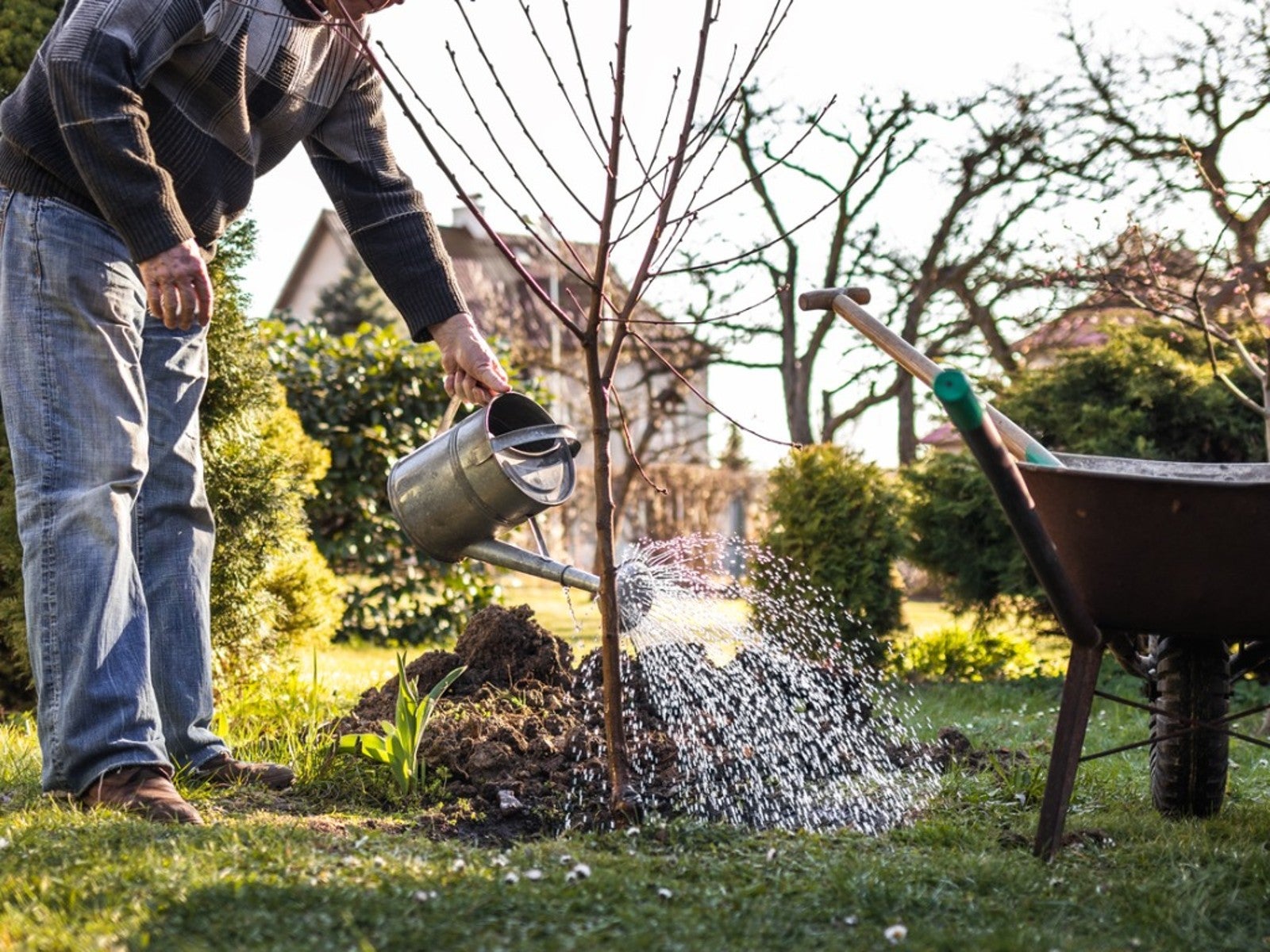 How To Transplant A Tree That Produces Fruit
How To Transplant A Tree That Produces FruitHow to transplant an apple tree? What is lemon tree transplant shock? Can mature fruit trees be transplanted? Read on for answers to fruit tree transplant questions.
-
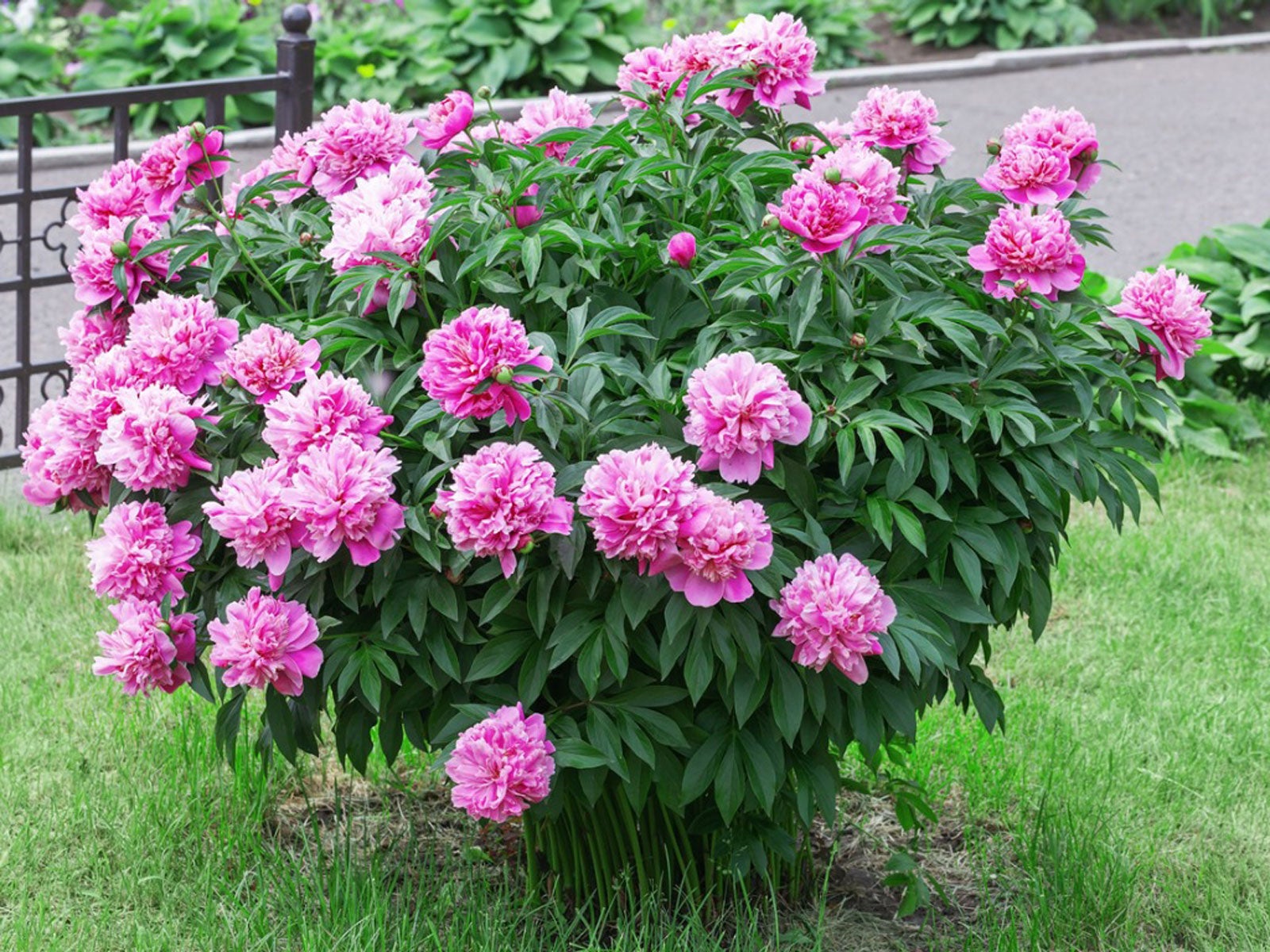 Moving Established Peonies: How Do You Transplant A Peony Plant
Moving Established Peonies: How Do You Transplant A Peony PlantOver time, peonies may fail to bloom as before. Moving established peonies is one solution, but can you transplant peonies? Find out here.
-
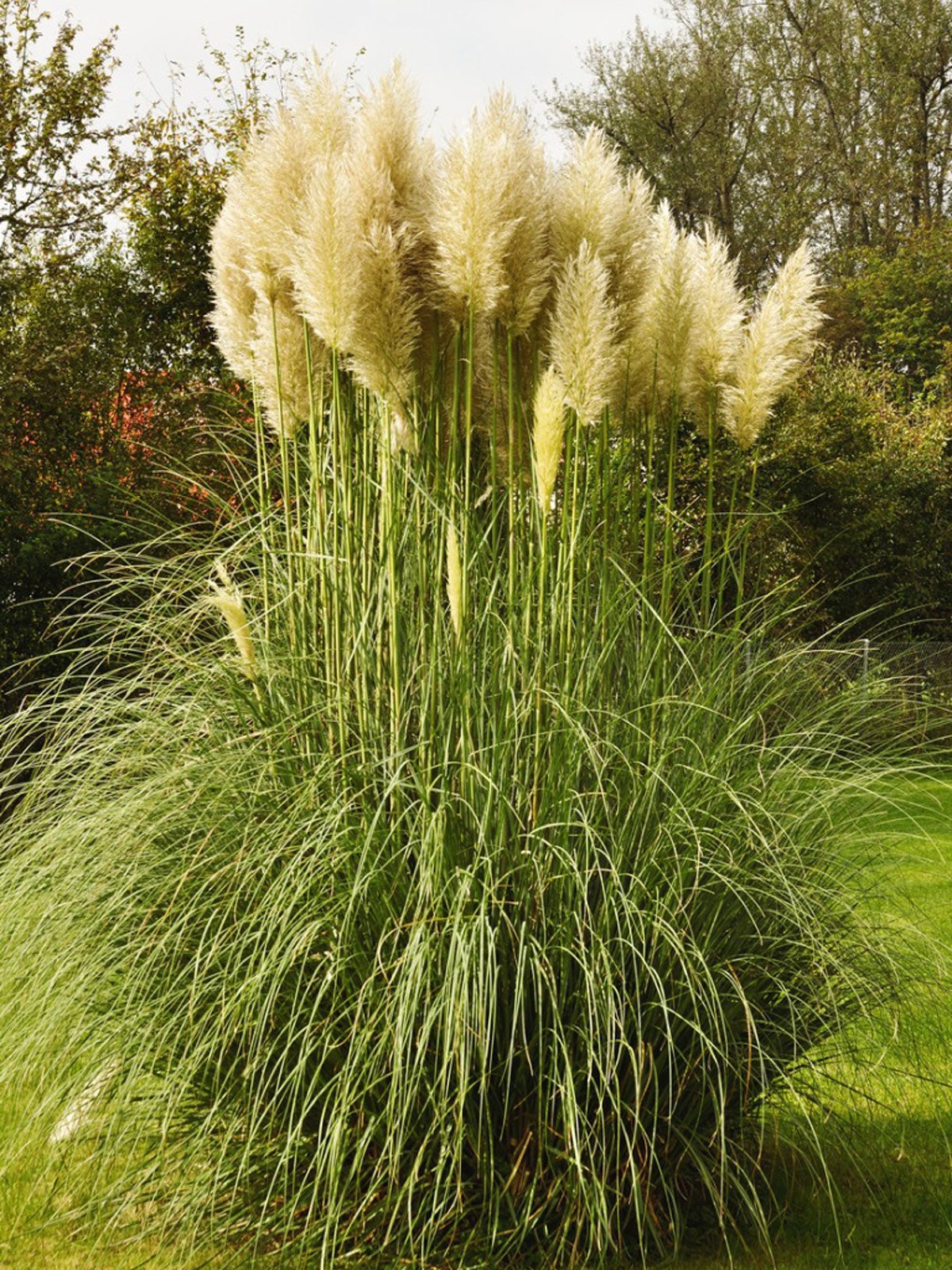 Moving Pampas Grass: When Should I Transplant Pampas Grass Plants
Moving Pampas Grass: When Should I Transplant Pampas Grass PlantsPampas grass is a stunning addition to the landscape, forming mounds of around 10 feet (3 m.) in diameter. With its quick growth habit, it is easy to understand why many growers ask, “Should I transplant pampas grass?”. Click this article to learn more.
-
 Do Sunflowers Transplant Well – Learn About Moving Sunflower Plants
Do Sunflowers Transplant Well – Learn About Moving Sunflower PlantsGrowing sunflowers in your landscape provides big yellow blooms that simply shout summer. But do sunflowers transplant well and should you move them at all? Click on the following article to learn more about moving sunflower plants in the garden.
-
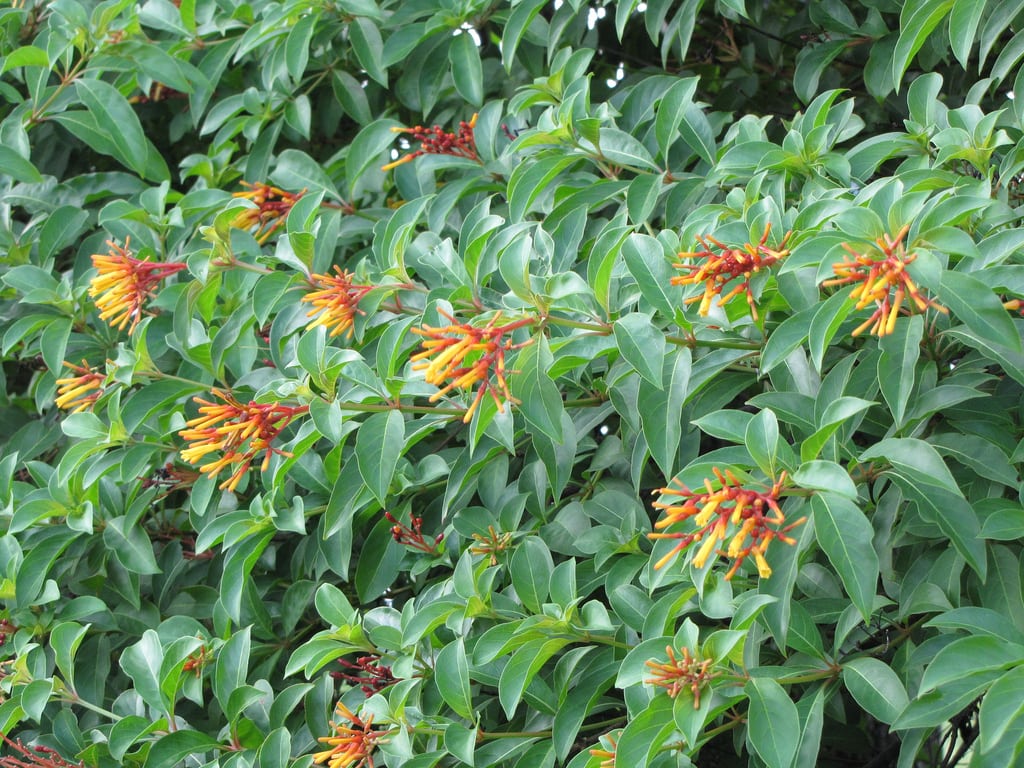 Firebush Transplant Guide – How To Transplant A Firebush Shrub
Firebush Transplant Guide – How To Transplant A Firebush ShrubFirebush is a fast-growing shrub that reaches heights of 3 to 5 feet (1 to 1.5 m.) fairly quickly and moving a firebush can be tricky. Click on the following article for tips and advice on transplanting a firebush without damaging the roots.
-
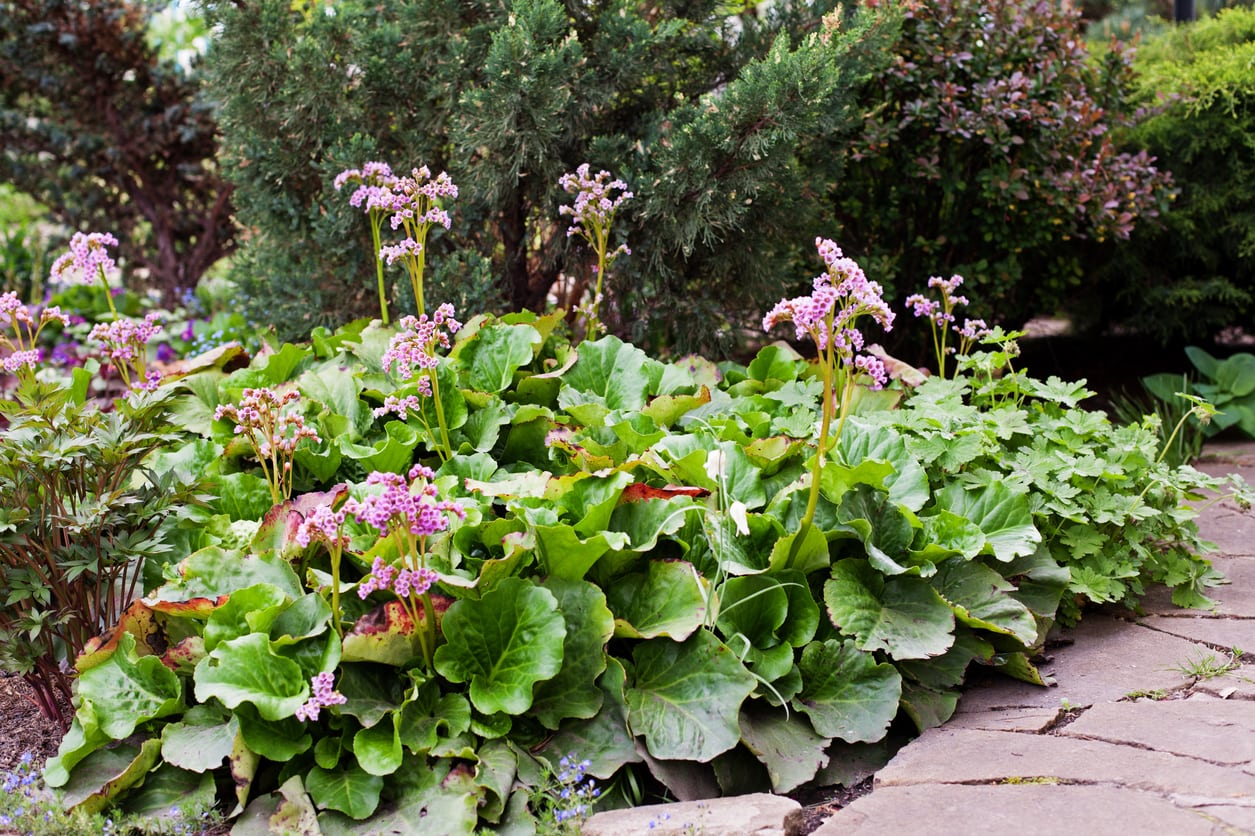 How To Transplant Bergenia: Dividing And Moving Bergenia Plants
How To Transplant Bergenia: Dividing And Moving Bergenia PlantsBergenia may bloom and grow beautifully for several years, then suddenly stop performing. This could be because it is choking itself out and needs to be divided or because something in its environment changed and it needs to be moved. Learn more here.